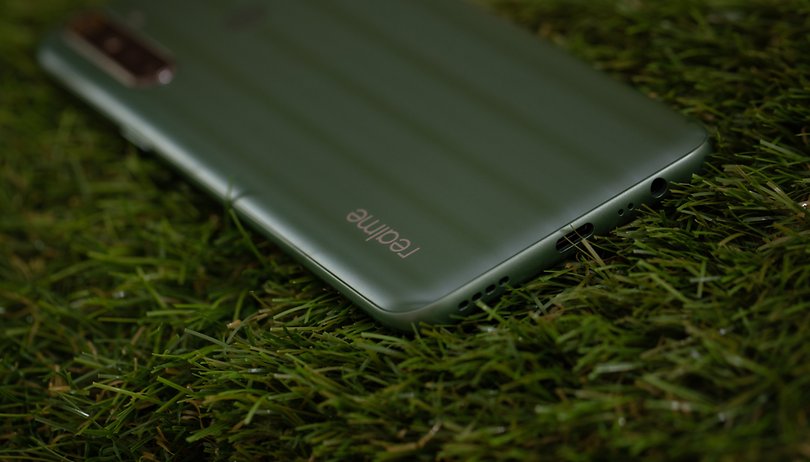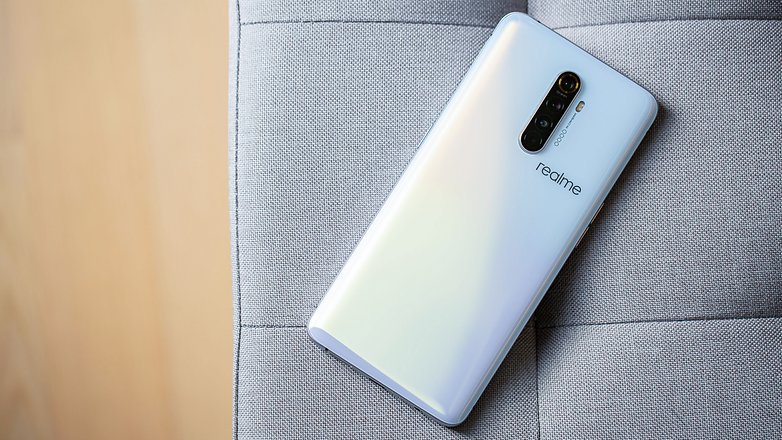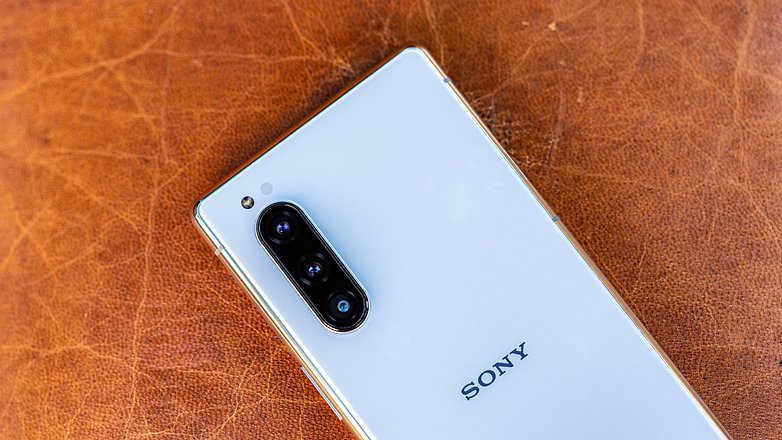What does Realme's blitzkrieg in India mean for Europe?

Another month passes by and another exciting Relame product is launched. The young brand has been on a lightning offensive streak over the past 12 to 18 months, and has captured the Indian market in a heartbeat. But what implications does this have for us in Europe? Can Realme fight on all front in the near future?
Hailing Realme as the world’s fastest-growing smartphone brand is nothing new, but this week the brand stepped things up a notch and is now on the verge of becoming the fastest growing and most popular overall tech brand in India. Realme is dipping into the IoT market now with the new Realme smart TV, Realme Watch, Realme Buds Air Neo, and its 1,0000 mAh Power Bank 2.
The brand's aggressive pricing strategy is being continued here. The Realme smart TV, for example, starts at 12,999 Indian Rupees (€160) for the 32-inch version and comes with Google Assistant and Chromecast built-in. The Buds Air Neo, the brand's answer to Apple's AirPods, cost the equivalent of about €36. There is clearly some R&D sharing going on between the various BBK Electronics brands. OnePlus has also launched a TV in India and the Realme true wireless earbuds have a certain Oppo Enco Free feel to them, but that's only half of the story.
If you thought Xiaomi's rise was quick....
Realme's new smart home and wearables product catalog sounds remarkably like a Xiaomi product line up, doesn't it? Whist we have lauded Xiaomi plenty for its dramatic rise, the Realme story is whole other level of rags to riches. Xiaomi's growth over its 10-year lifespan is impressive, but Realme has been alive since May 2018 - that's right, the brand was only celebrating its two-year birthday earlier this month - although it had been knocking around China since as early as 2010 as Oppo Real, a sub-brand of Oppo, itself a sub-brand of BBK Electronics which owns OnePlus and Vivo as well.

Yesterday, May 26, Realme launched the 20th smartphone of its two-year incorporated history with the X3 SuperZoom. That's right, 20 smartphones in 24-months. The gap between the launch of the X2 Pro and X3 SuperZoom is less than six months. This is a smartphone blitzkrieg like no other brand has attempted before, and it is working, at least in India. Realme's rise it about much more than simply churning out devices at a rapid rate, however.
Can Realme really go global?
The big question here is whether or not Realme's success in China and India can translate to a global audience. When we take a closer look at the European market, the top three still dominate today. Samsung leads the way with 33.32 percent of the smartphone market (as of April 2020), with Apple in second on 29.18 percent. Xiaomi, which came hunting for market share in European markets such as Spain, Italy, and the UK over the last couple of years, is in fourth ahead of both LG in fifth and Sony in sixth. But with a market share of only 7.61 percent, though, the drop-off between the big three and Xiaomi is significant.
The elephant in the room here is Huawei in third place. With 17.86 percent of the European smartphone market, the largest Chinese manufacturer would normally have the right to feel relatively safe from those snapping at its heels below, but the current political situation complicates the picture and it is probably safer to say we are looking at an unbreakable top two, with everything to play for after that.

In my opinion, it is feasible that Realme can overtake LG and Sony in Europe over the next five years. Smartphone sales and growing market share in regions such as China and India do not always guarantee success in Europe or North America (if you can manage to sell your phones in The States), and brand loyalty is still the biggest hurdle these emerging brands have to overcome, but I fancy Realme's chances here when you look at what the company is offering in terms of hardware.
Take the Realme X50 Pro 5G, for example. For €599, consumers can get a fully equipped, 5G-ready flagship with a Qualcomm Snapdragon 865, an excellent quad rear camera, a 4,200 mAh battery with ridiculously fast 65W charging speeds, and a familiar Android 10 software experience out of the box. Meanwhile, Sony is charging double that for its Xperia 1 II.
How long consumers will suck up these €1,000+ flagship prices for remains fragile. Smartphone sales are crashing globally, and the timing could not be better for Realme to attack while the traditional big boys are weak and slow to react to a changing landscape.
If Realme brings its blitzkrieg to Europe, there has to be a strong chance of success. What the next five years look like for this company will be interesting to observe, whatever happens.
Source: StatCounter




-
Admin
May 28, 2020 Link to commentPrice is the important thing. The flagship game, at $ 1.000 and more is finished also considering that for 1/3 of that price you can find great phones with specifications, usability and performances similar to those of the flagships, with no great difference for the end user. Plus the price of the $ 1.000 ++ shiny flagships goes down very quickly and the next expensive horror is always ready to take their place throwing them out of fashion and out of the market. The whole thing makes only sense for the producers finances but not from a consumer's point of view